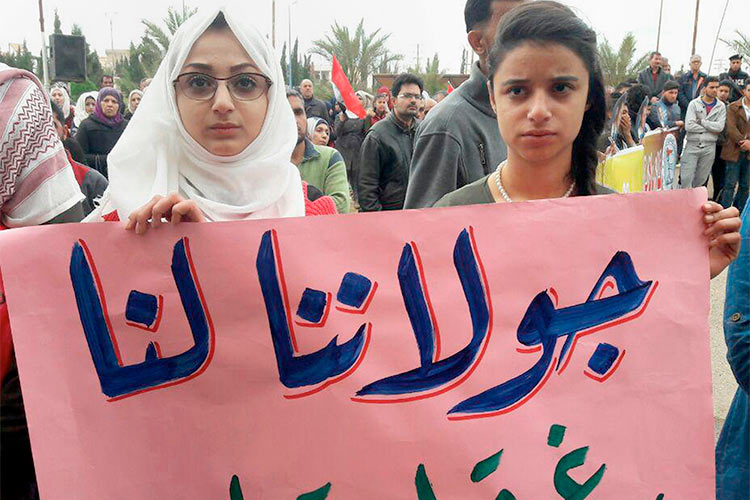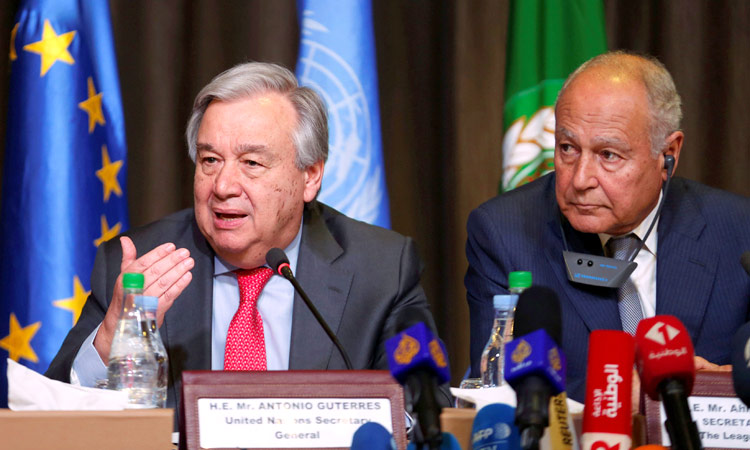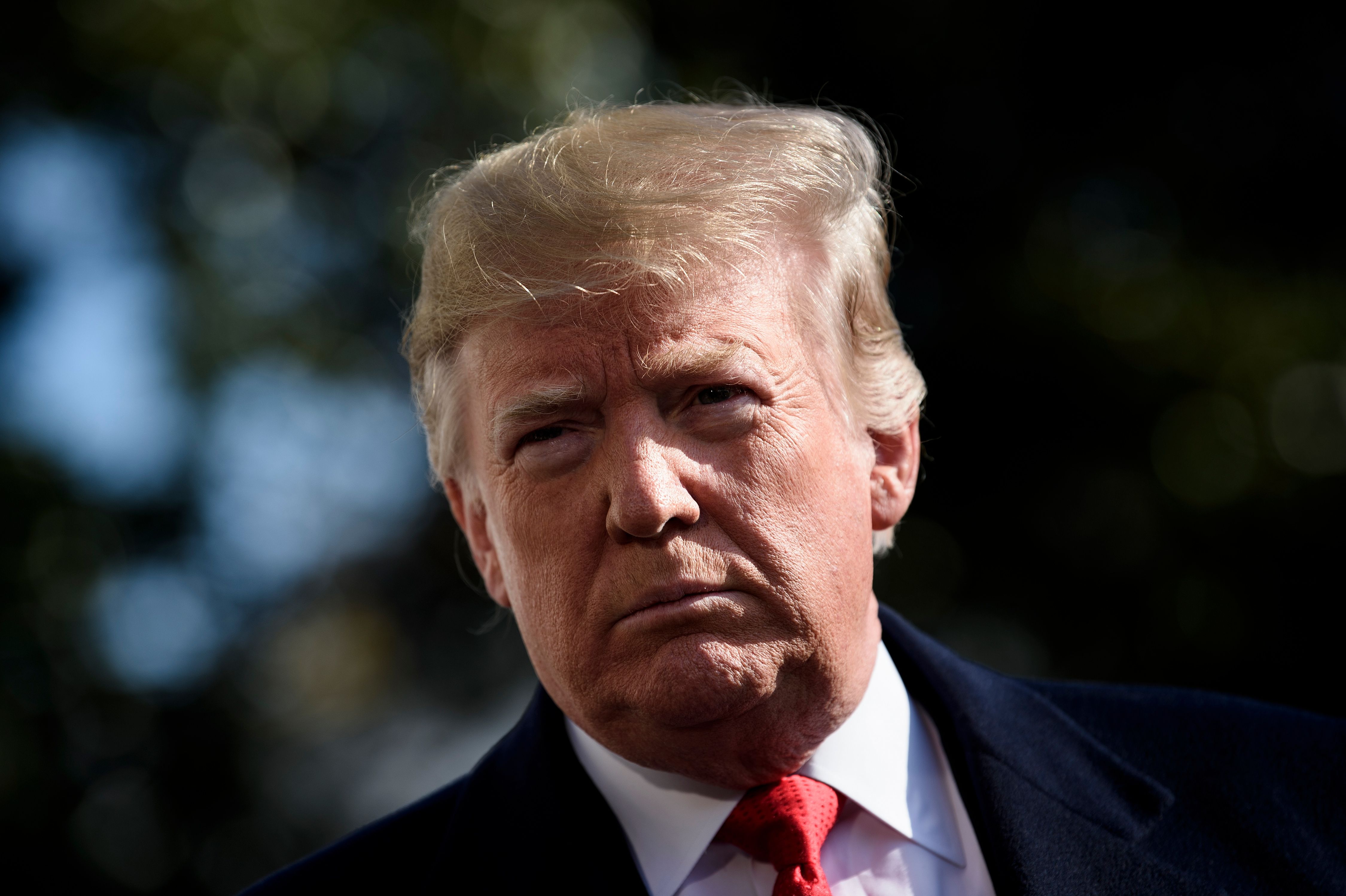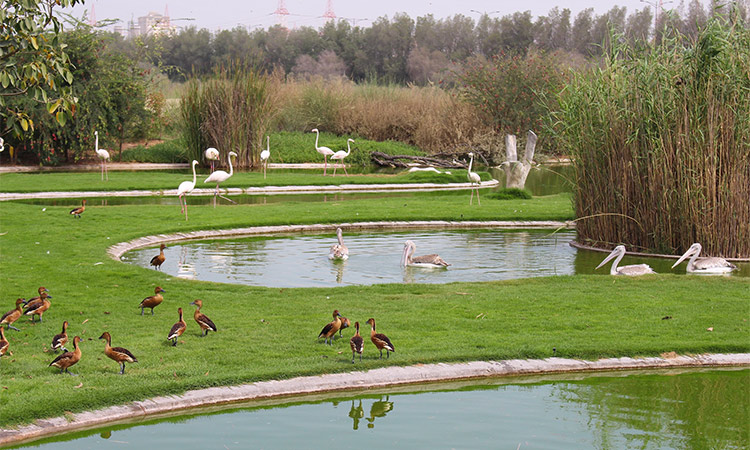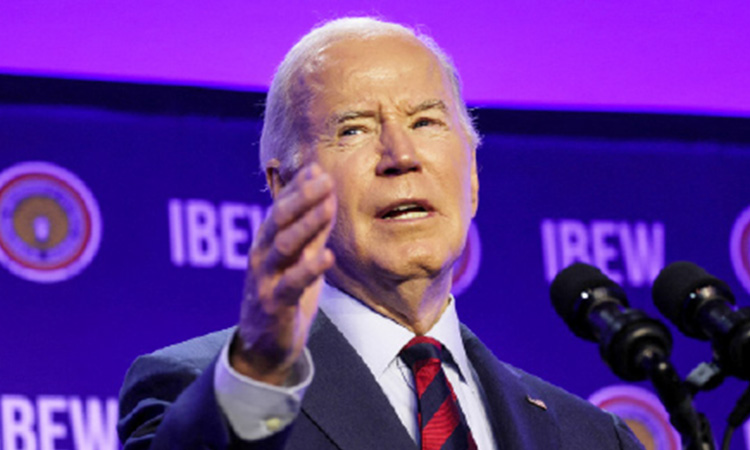Poor measurement of poverty needs to go
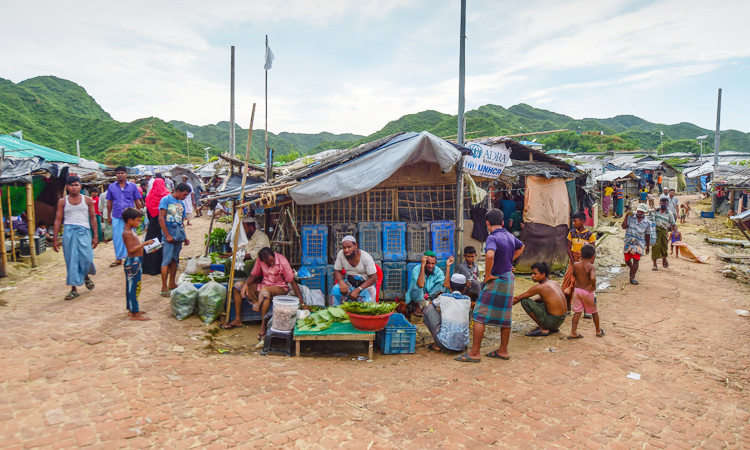
Representational image.
Robert Rector and Jamie Hall, Tribune News Service
The Census Bureau recently solicited advice on ways to develop more accurate measurements of poverty — a much-needed change. Year after year, the Bureau reports that more than 30 million Americans live in poverty. Yet it is widely acknowledged that the way government measures poverty is deeply flawed.
The question is, what does it mean to be poor in the US?
According to the government’s own data, the average American family or single person identified as poor by Census lives in an air-conditioned, uncrowded house or apartment that is in good repair. They have a car or truck. (Indeed, 43% of poor families own two or more cars.) Their home has at least one widescreen TV connected to cable, satellite or streaming service, a computer or tablet with internet connection and a smartphone. (Some 82% of poor families have one or more smartphones.)
By their own report, the average poor family had enough food to eat throughout the prior year. No family member went hungry for even a single day due to a lack of money for food. They have health insurance (either public or private) and were able to get all “necessary medical care and prescription medication” when needed.
None of this matches the public perception of poverty. Images of dilapidated trailer homes or drug-infested neighbourhoods, full of boarded-up buildings, are a staple of media poverty reports. These conditions are quite real, and we should be concerned about people who live in them. But they are, fortunately, not the norm for poor Americans. Fewer than one in 10 poor people lives in a mobile home. Nine out of 10 poor families report no vacant or abandoned buildings in their neighborhoods.
Of course, the lives of the poor are not a stroll down Easy Street; their finances are often uncertain, and they strain to make ends meet. But the average living conditions among the government-defined poor are well removed from “poverty” as the term is ordinarily understood. By using inaccurate measures that pool together those who actually experience deprivation with those who do not, we deflect attention from those who truly need assistance.
Why the disconnect between how the poor actually live and the routine Census claims of widespread poverty in the US? Take for example, its consistent report that one in six children are poor. Government spends over $220 billion on cash, food and housing aid for low-income families with children. This is two-and-a-half times the amount needed to eliminate all child poverty in the nation. How can so many children remain poor?
The answer lies in the methods Census deploys to measure poverty. It defines a family as poor if its “money income” lies below the poverty income thresholds ($25,926 for family of four in 2019). But “money income” excludes nearly all the benefits provided by means-tested welfare programmes.
Of the $220 billion in means-tested spending on cash, food and housing for families with children, Census counts only 5% as “money income” for purposes of measuring poverty. Under this measurement, government could double welfare spending on poor children, and measured poverty would barely budge.
The Trump administration wants to improve poverty measurement by adding a new measure. Two approaches are promising. The first would be based on self-reported spending or consumption by the poor. This approach circumvents the under-reporting of welfare benefits which plague the normal Census income surveys. When a poor household spends resources received from the EITC, food stamp or WIC program, the value of those benefits shows up in the household spending tally.
The second approach would link Census surveys to the administrative data from welfare programmes; these data record the actual benefits received by individual households during the year. This commonsense linkage would give policymakers something they’ve never had before: accurate information on the extent and depth of the current welfare state. (As with current surveys, the privacy of individual households would be maintained.) Studies show this would cut the poverty rate by 70%.
Accurate information is essential to crafting effective anti-poverty programmes. Faulty surveys that ignore nearly all of the current welfare state exaggerate the extent and severity of financial deprivation in the nation. This is not helpful: it leads to a misdiagnosis of poverty, the misallocation of resources, and policies often irrelevant to the real problems facing society and the poor.
The accurate measurement of poverty should not serve as a pretext for simply slashing welfare spending. Instead, it should provide a better assessment of actual need. It could also facilitate the development of longer-term policies that address the real underlying problems facing low-income communities: the collapse of marriage, deindustrialisation in smaller cities and slow wage growth for lesser skilled workers. This approach would truly benefit society and the poor.
